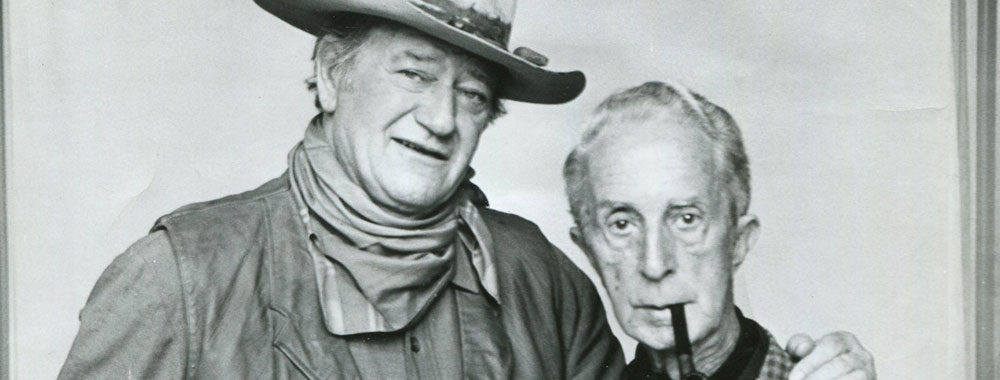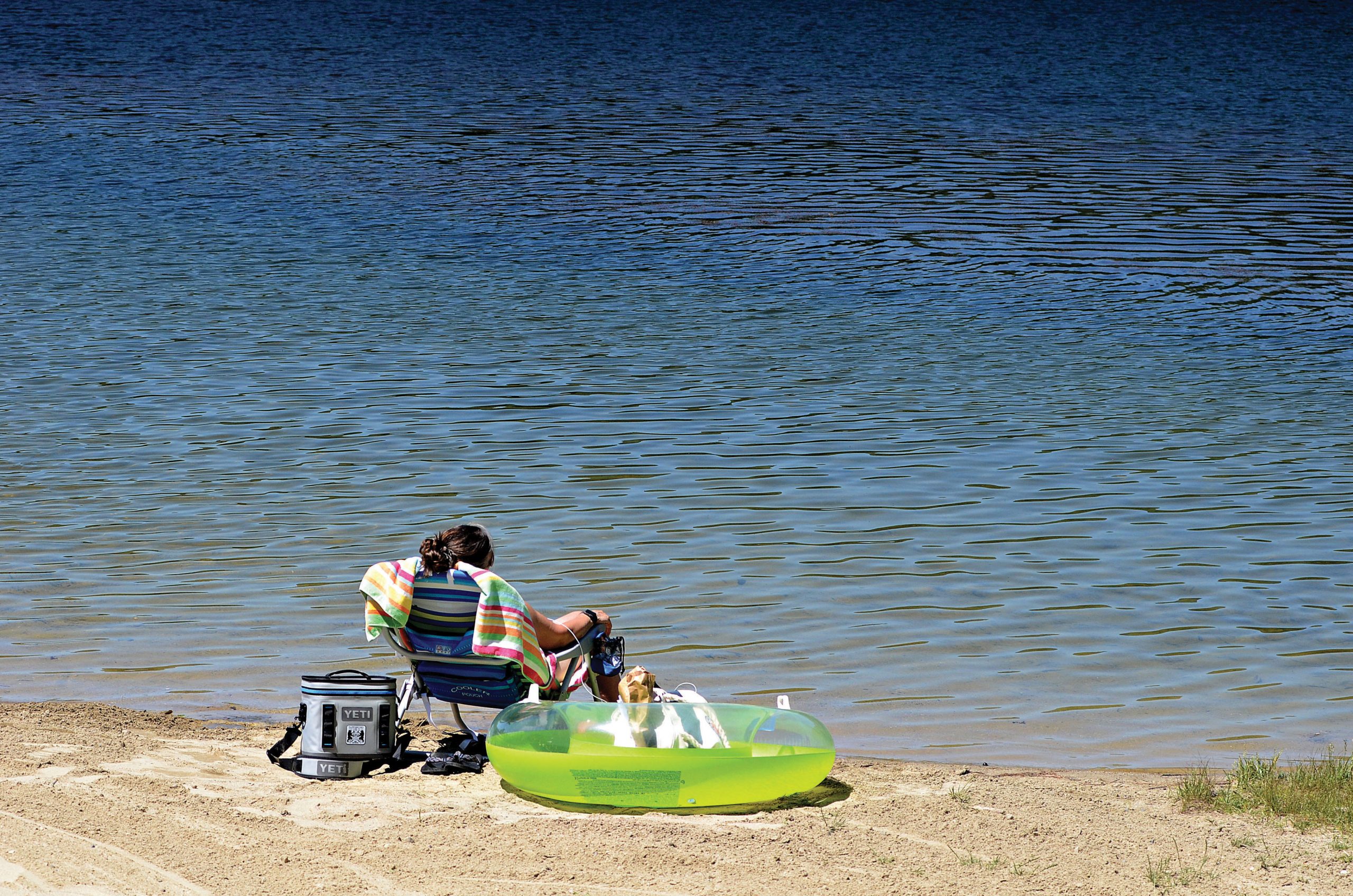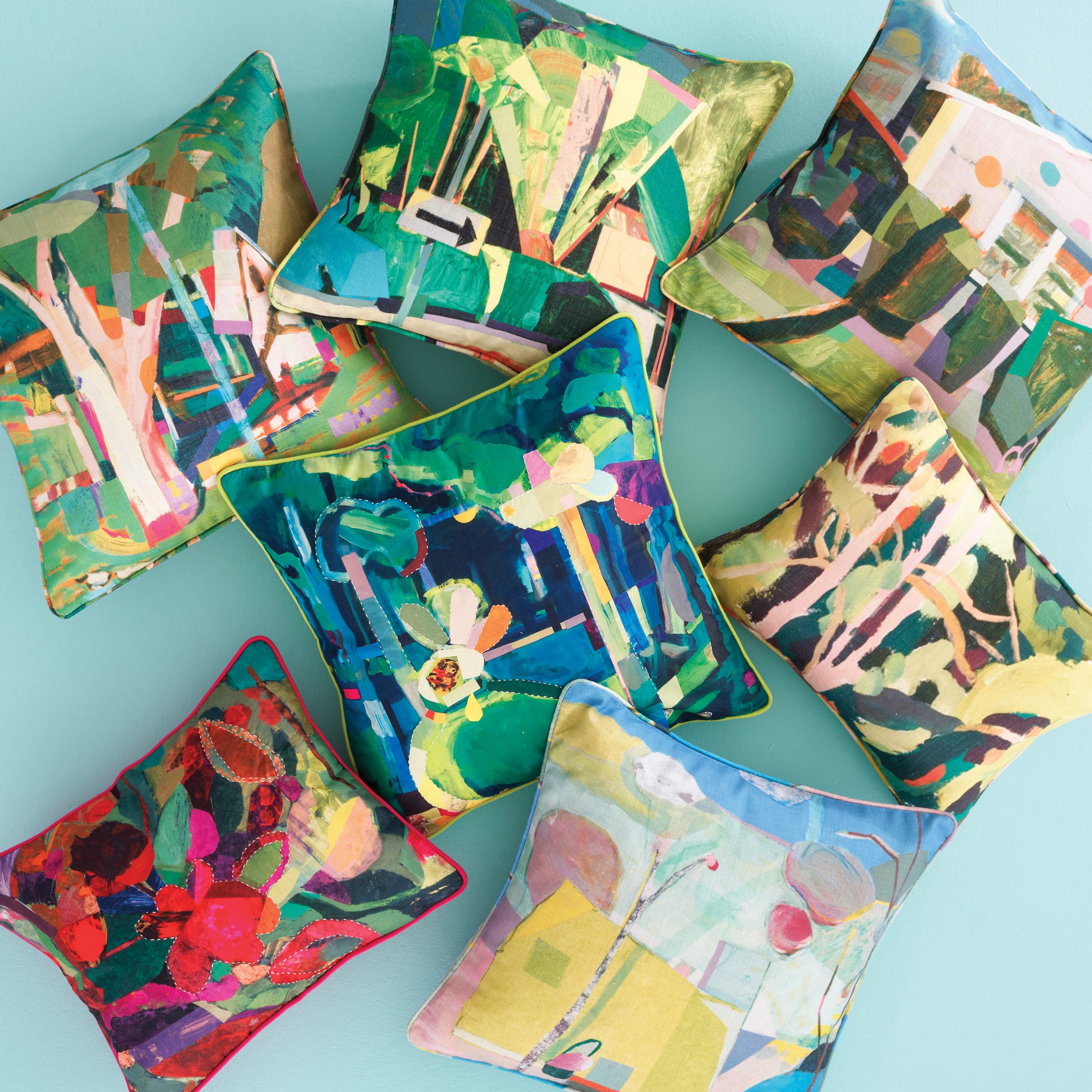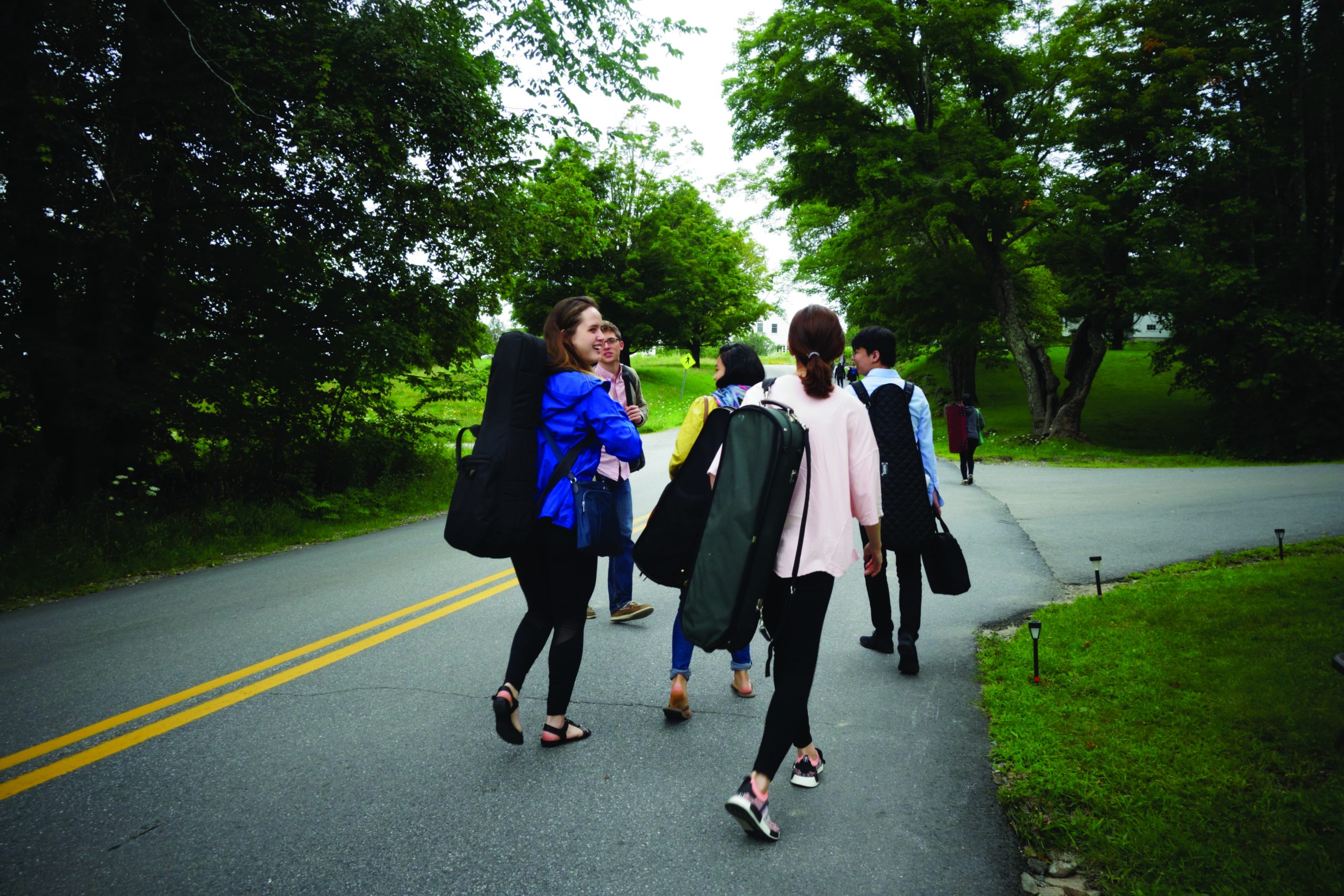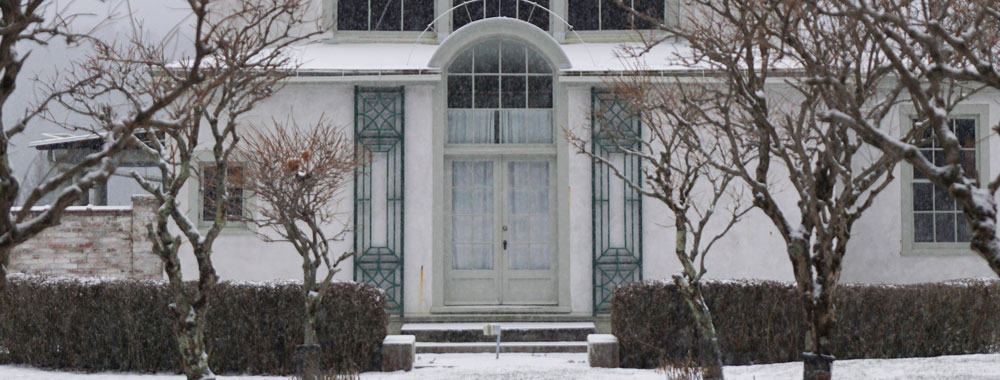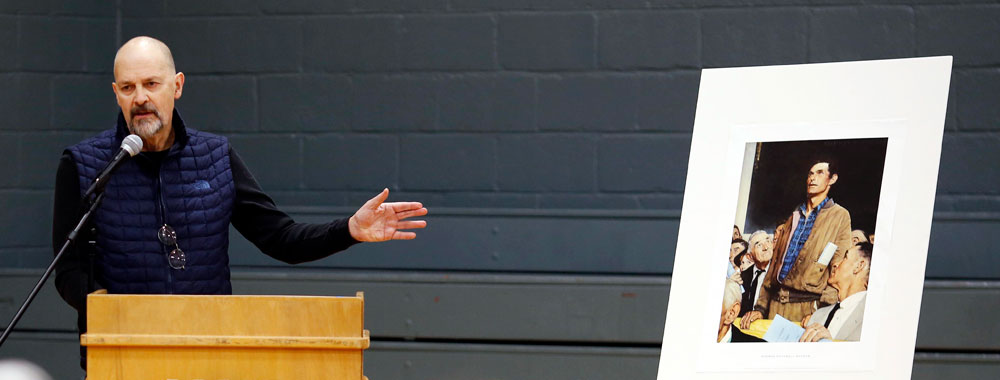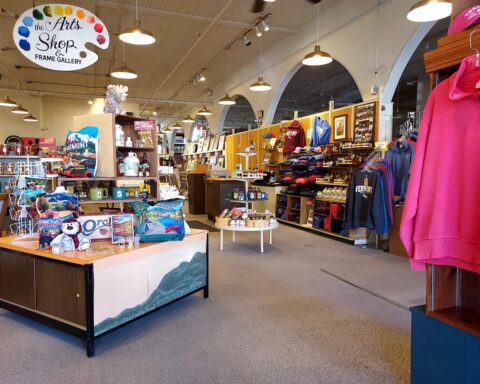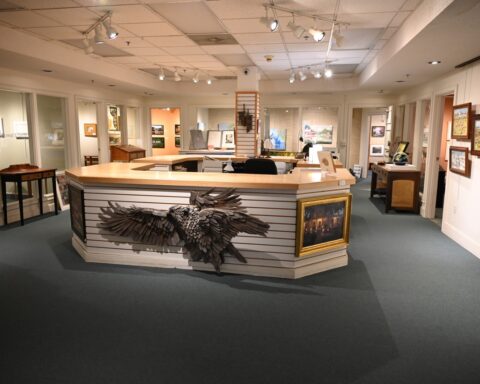
Compiled by Jennifer Huberdeau
Norman Rockwell’s first Saturday Evening Post cover was published on May 20, 1916. The illustration, “Boy with Baby Carriage,” was one of two paintings Rockwell brought to unscheduled visit the Post’s Philadelphia office in early 1916. The Post bought the two paintings for $75 each. During his 47-year relationship with the magazine, he painted a total of 321 covers. His last cover was a portrait of John F. Kennedy, which ran a week after the president’s assassination.
In January 1977, Rockwell was one of 29 individuals awarded the Medal of Freedom, the nation’s highest civilian award. Among the other honorees were Joe DiMaggio, artist Georgia O’Keefe, and Nobel Prize-winning scientist James Watson. Four other Berkshire County residents were honored, at the same time: North Adams authors William and Ariel Durant, Boston Pops conductor Arthur Fiedler and artist Alexander Calder (posthumous). Unable to attend the ceremony at the White House personally, the award was accepted on his behalf by his son, Jarvis.
In an interview at the age of 80, Rockwell was still plodding away, keeping an eight-hour-a-day, seven-day-a-week schedule. He was filling his days with portraiture. At the time of the article, he was completing a portrait or John Wayne for the National Cowboy Hall of Fame. Also in the studio were portraits of Sen. Leverett Saltonstall and the real-life Colonel Sanders, Col. Harland David Sanders, businessman and founder of KFC.

Rockwell is credited as appearing as “Busted Flush” in the 1966 feature film “Stagecoach.” Rockwell illustrated the movie poster for “Stagecoach,” as well as several other feature films, including “The Magnificent Ambersons” (1942), “The Song of Bernadette” (1943), “Along Came Jones” (1945), “The Razor’s Edge” (1946), and “Cinderfella” (1960).
On July 1, 1994, the U.S. Post Office issued a 29 cent commemorative postage stamp celebrating his 100th birthday. The stamp’s design was based on his painting, “Triple Self-Portrait.” A souvenir sheet of four stamps, based on “The Four Freedoms,” was issued at the same time.
Massachusetts designated Norman Rockwell as the official state artist in 2008.
In 1943, the Four Freedoms toured the United States in an exhibition that was jointly sponsored by the Saturday Evening Post and the U.S. Treasury Department. $133 million was raised through the sale of war bonds during the tour.
To mark Rockwell’s 24th year as a resident of Stockbridge, the town held a 90 minute parade in his honor on May 23, 1976. The parade drew about 10,000 spectators and featured more than 100 units, 25 floats and a total of 2,000 participants. Many of the marchers were former Rockwell models. Rockwell, 82, and his wife, Molly, watched from wicker chairs atop a flatbed truck with his sons, Jarvis and Thomas.

Stockbridge, Mass. Police Chief William J. Obanhein, made famous as Officer Obie in Arlo Guthrie’s “Alice’s Restaurant,” posed for Rockwell on several occasions, including the 1959 black-and-white sketch “Policeman With Boys,” which was used in nationwide advertisements for Massachusetts Mutual Life Insurance Company.
Rockwell’s Main Street studio was located above The Back Door, the real-life restaurant owned by Alice in Arlo Guthrie’s ballad, “Alice’s Restaurant.”
In 1943, a fire destroyed Rockwell’s studio at his Arlington, Vt., home. The fire consumed not only the studio, but also numerous props and costumes, paintings and photography supplies.
4,000: Once thought to be the know number of works of art created by Norman Rockwell during his lifetime. The number is much higher according to museum officials.
21: The average number of days it took Rockwell to create a painting.
